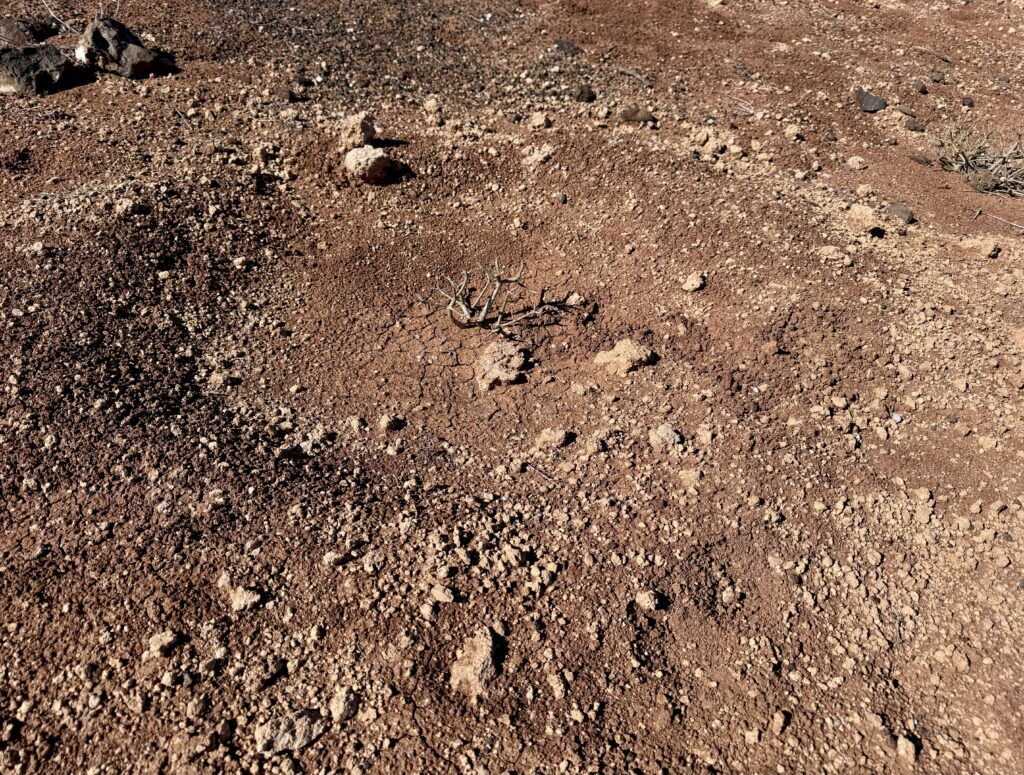Alongside the development of the wildlife garden dedicated to endemic and native flora, my scientific research has centred around two main environmental projects in Lanzarote: understanding the traditional farming method of stone-mulching, and working towards developing a system of cloud-catching to assist the re-wilding of an area that was once a forest at Haría’s Mt. Aganada.
Lanzarote’s protected island status as a UNESCO biosphere reserve and Geopark often negates the reality of what life on a desert island demands from its ecosystem and natural resources. With drinking water supplied through energy-dependent desalination and a tourist economy relying on imports, add millions of tourists every year and it is difficult to imagine how our high standards of living can be sustainable here. Preserving heritage and slowing development has been championed in Lanzarote as a tourist destination, but it remains that the island is being continuously eroded by a lack of vegetation that once existed, keeping the soil in place from the wind and infrequent but heavy annual rains. This works against the rich biodiverse environment that has managed to survive on this unique island for millennia, not only through the loss of topsoil and stripping of its nutrients, but also preventing water from staying in the ground; we may be seeing this in the recent decline of the native palm trees in Haría. It is the many small efforts to learn about traditional methods of working with the land and re-wilding appropriate areas that will make a difference, such as Arrecife Natura who organise the planting of native species in areas around the capital and involve communities to work together and share knowledge.
Learn more about my projects below:
The Montaña Aganada Rewilding Project


